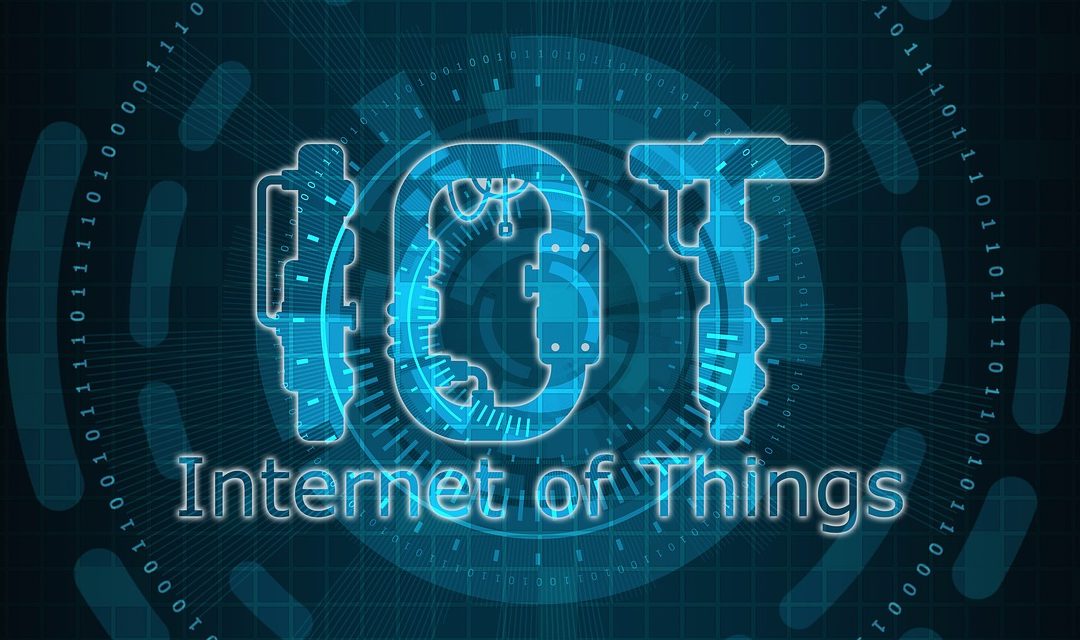The Internet of Things (IoT) is the network of physical objects that are connected to the Internet and can also be connected to each other. These everyday objects can communicate and interact with each other, that is, they allow the transmission and processing of data, either with or without human intervention. The term was used for the first time in 1999 and the Internet of Things is currently one of the basic pillars for the 4th Industrial Revolution, along with other technologies, such as Artificial Intelligence, Big Data or Machine Learning.
Thus, the Internet of Things is made up of devices, sensors, networks, data, machines and all the interactions that take place between them. Each of these elements plays a different role, but the ultimate goal of the IoT is to analyze the data collected and use all this information to make decisions. It is a particularly useful tool for companies because it allows them to correct errors, be more productive, reduce costs and improve processes, apply changes to products and improve user experience, among others.
But we can also see lots of examples of everyday situations that the Internet of Things allows us at home. For example, there are people who only need their smartphone to control some parts of their home, such as its temperature or lighting, a security system, or video devices. Similarly, around cities and roads there are also devices which control traffic and we as users can use Google Maps to find the place we are looking for and know which is the best route at the moment. So as you can imagine, there are millions and millions of embedded devices in the world which are part of this intangible thing called “the IoT”.
The Importance of Cybersecurity
Obviously, all this connectivity that is aimed to make our lives easier involve also some risks and many challenges in terms of privacy and security. It is necessary to guarantee the protection of a large amount of data transmitted from one device to another, security in different communication systems (by wire, WiFi, Bluetooth, short distance or long distance…), identification of devices and all the permissions they have, control and maintenance of the devices so that they work properly and do not suffer attacks, among other security requirements within a complex system.
We live in a hyper-connected world and more and more devices will become part of this idea called the Internet of Things. A few years ago, we knew that computers could connect to the Internet, but we didn’t expect to have a food processor that could do that as well, and today it’s something real. This trend will go up and we will live more and more surrounded by technology, so it is important to understand how it works, how it can make our lives easier and what are the risks we must take into account to enjoy technology safely. In a world full of software, learning to code will be essential to understanding much of this world.

